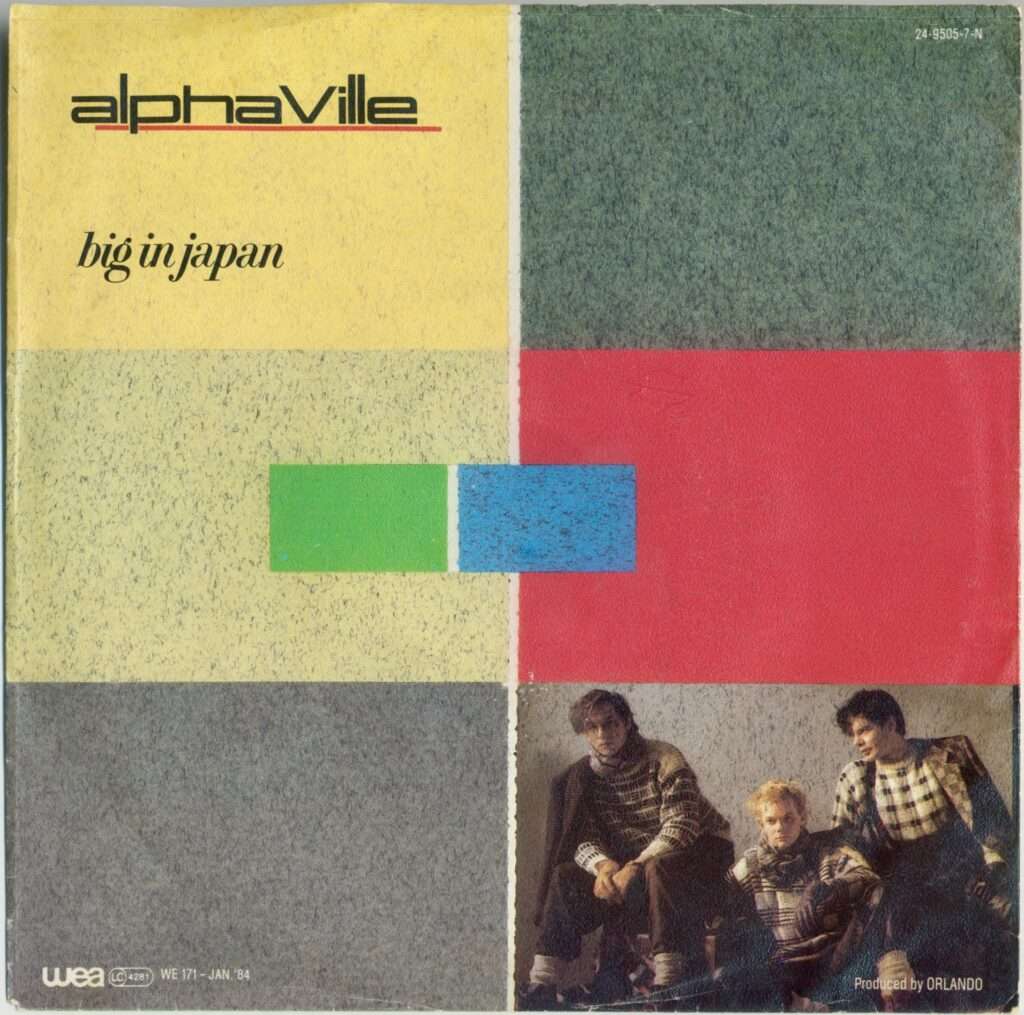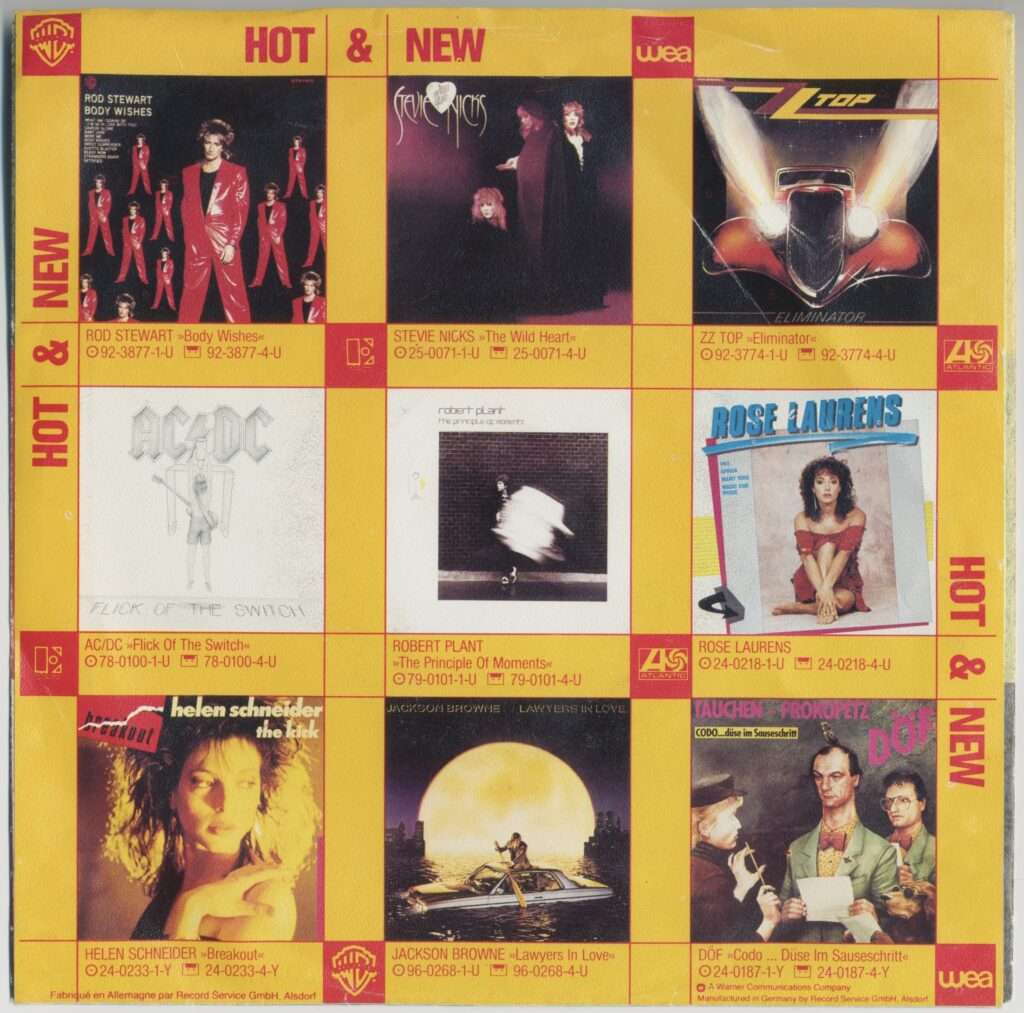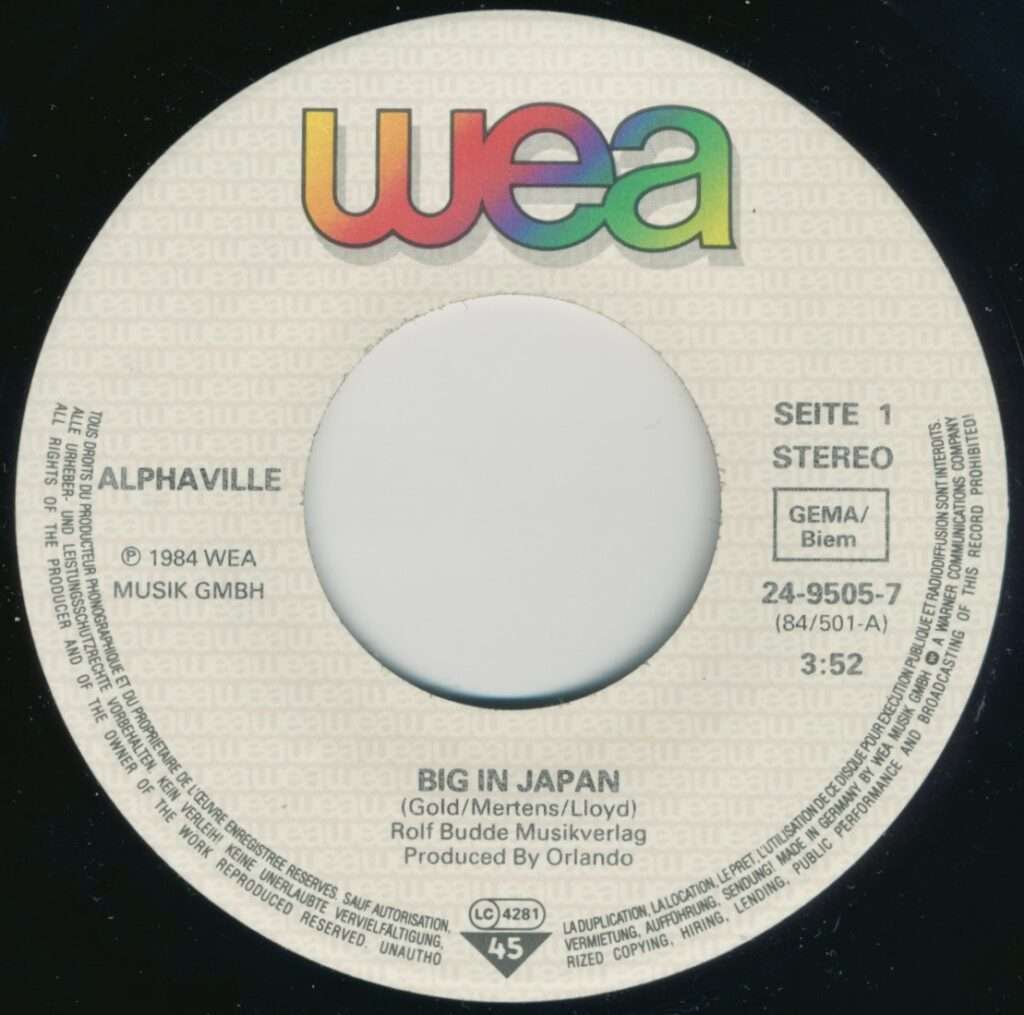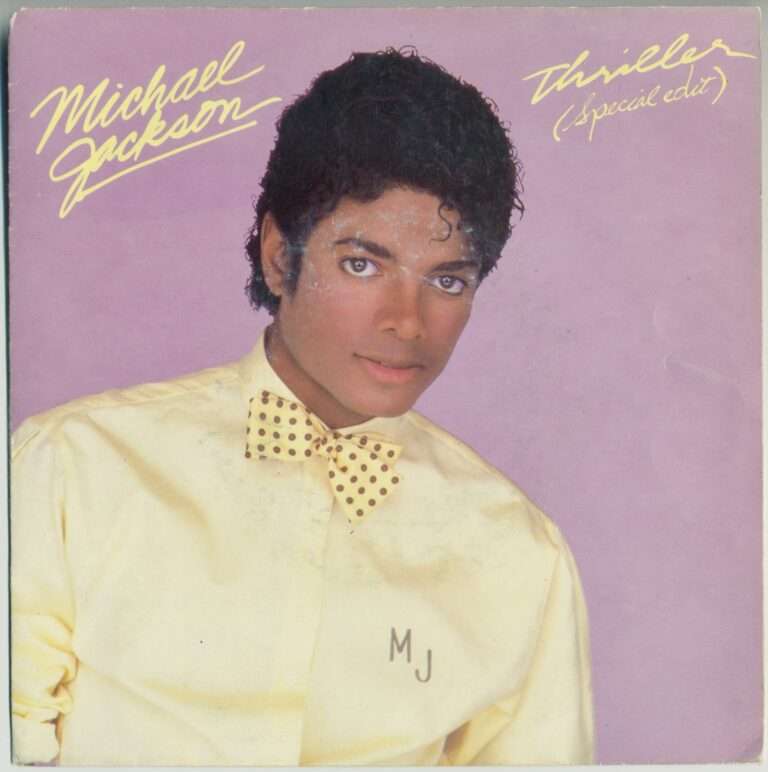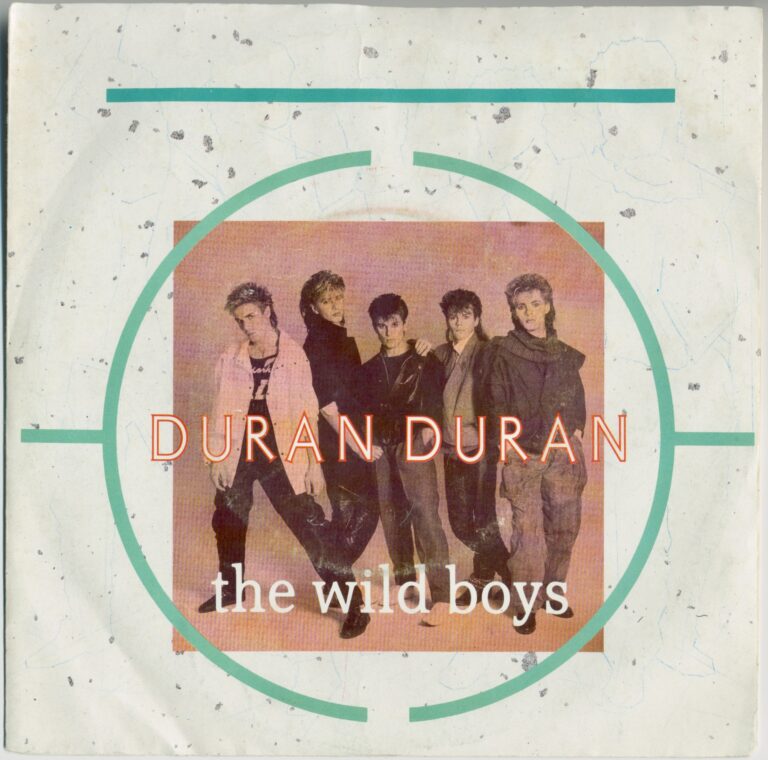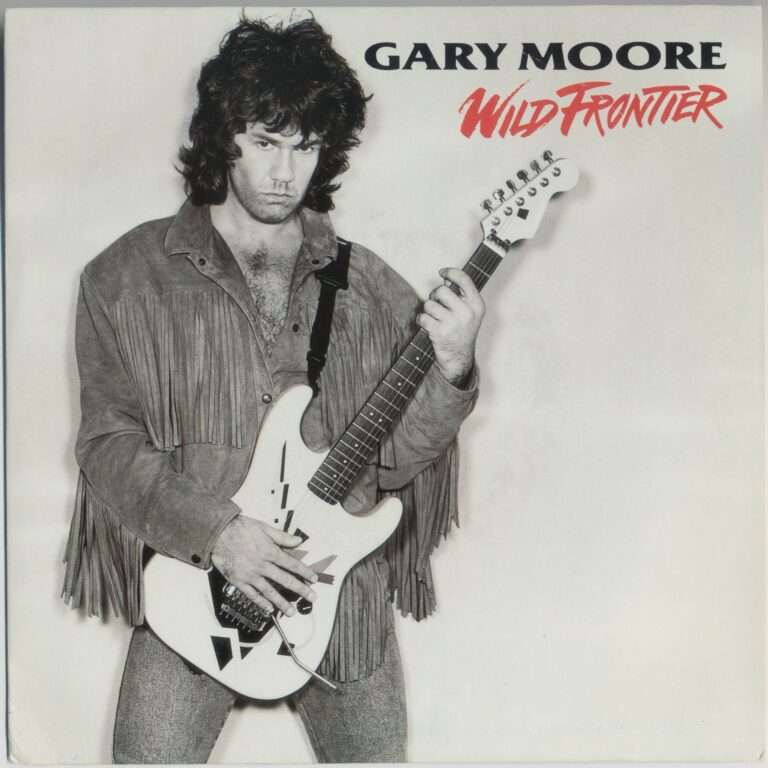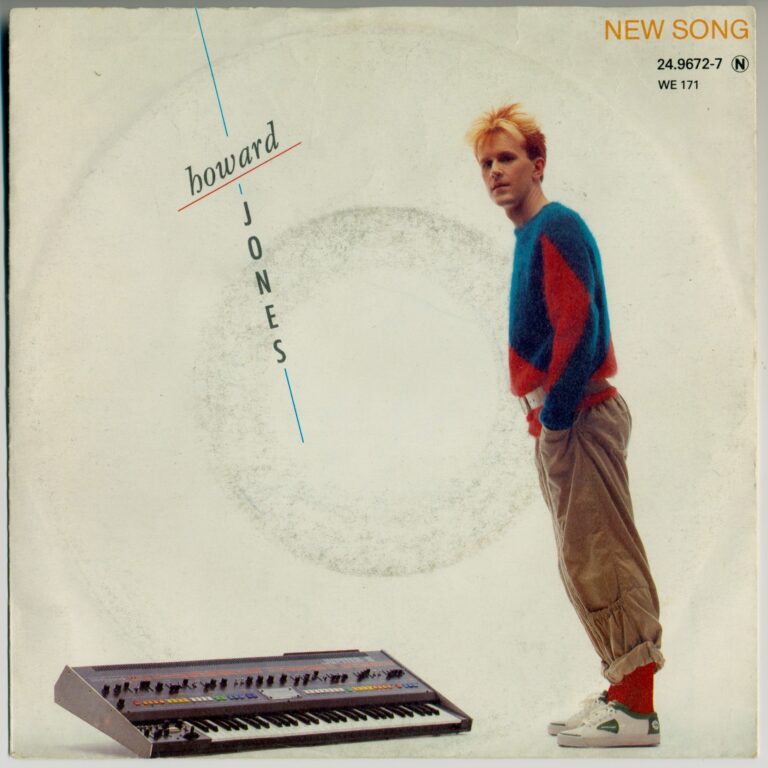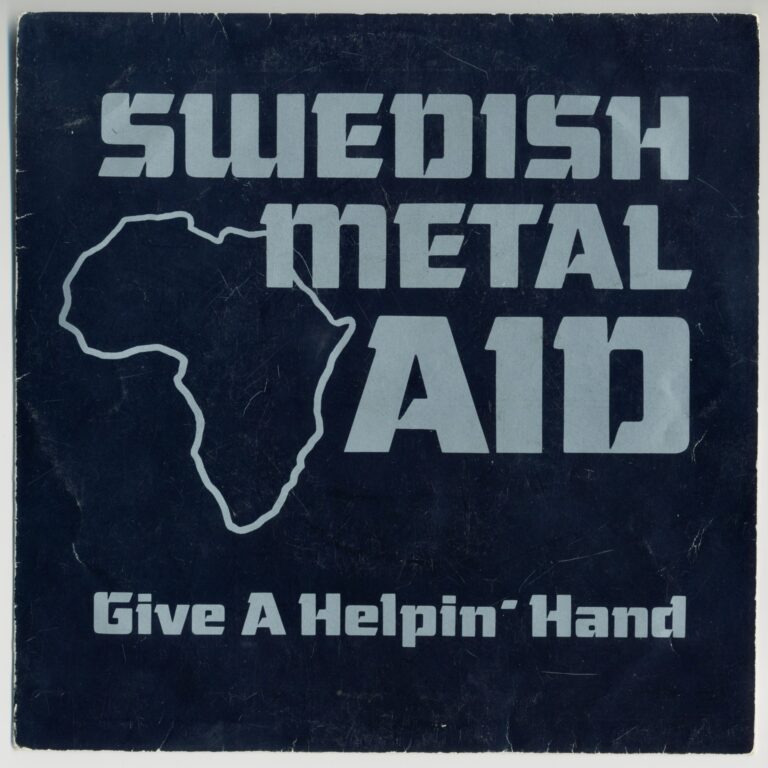On the surface, Alphaville‘s “Big in Japan” is an undeniable 80s synth-pop anthem. Its glossy, shimmering sound and infectious beat swept across Europe in 1984, rocketing the German trio to fame before their debut album was even finished. But peel back that polished facade and you’ll find a different story—a dark, deeply personal tale of addiction, escapism, and the “lie of the loser”.
The song’s story is semi-autobiographical, born from lead singer Marian Gold’s experiences in the late 1970s West Berlin drug scene near the city’s Zoo station. He crafted the lyrics, of all places, while sitting in a dentist’s chair. The narrative follows two friends, a couple caught in a self-destructive cycle, who cling to a fantasy of being “big in Japan” as their only hope for a drug-free life.
Gold was very clear that the title had nothing to do with Japan itself. Instead, it was inspired by a real Liverpool band with the same name. To Gold, the phrase was a potent metaphor: it’s the desperate lie a complete loser tells others to mask their failure. The phrase perfectly captured the song’s central theme of a fantastical escape to a world where success and freedom were possible. The band’s own success was an ironic twist to this narrative; “Big in Japan” became a massive hit in Germany, Sweden, and Switzerland, fulfilling the “big in” prophecy in those countries.
This lyrical nuance, however, was often lost on the public. Some listeners misunderstood the song to be about a “geisha or call girl” or a “popular western boy prostituing himself in Japan”. The music video, directed by Dieter Meier, likely contributed to this confusion. It featured a woman who transforms into a geisha, visually re-contextualizing the song and overriding its original message about drug addiction. This shows just how easily the visual component of a song can unintentionally replace the artist’s intended narrative.
The song’s production itself was a creative puzzle. The physical single credits a producer named “ORLANDO,” which led many to mistakenly believe the American Hi-NRG producer Bobby Orlando was involved. In reality, the producer was the German sound engineer Wolfgang Loos, who used the alias. The song’s distinctive sound was crafted on a fascinating mix of cutting-edge synthesizers and drum machines from the time, including the Roland Jupiter 8 and Linn LM 1, with a Gibson guitar played by Loos himself. The single’s physical release and album art further add to its charm, featuring a modernist color-block design with a small photo of the band in the bottom corner.
“Neon on my naked skin / Passing silhouettes of strange illuminated mannequins”
The song’s success, while “mind-blowing,” was also “irritating” for the band. Marian Gold described the pressure of commercial success as an “insult to our naive hippie instincts” and a “horror of losing our artistic innocence”. This conflict between artistic integrity and commercial demands became a defining theme in the band’s journey. Despite this, the song was a commercial powerhouse, hitting number one in Germany, Sweden, and Switzerland, and even topping the US Hot Dance Club Play chart. The song also had a special relationship with Sweden, where it topped the Sverigetopplistan chart and spent 8 weeks on the Poporama chart. It was even voted into the Trackslistan year-end chart for 1984 at number three.
“Big in Japan” and its title have since become a part of the pop culture lexicon, used to describe Western artists who find success in a specific foreign market but not at home. It’s a song that has been covered across diverse genres, from the heavy rock of Guano Apes to the band’s own orchestral “Symphonic Version”. The fact that its deeply personal, tragic story has endured and been reinterpreted by so many others is perhaps its greatest legacy.
My copy: 7″, 45 RPM, Germany, 1984, WEA Records
Trackslistan (Swedish radio chart): Voted into the 1984 year-end list at #3.

